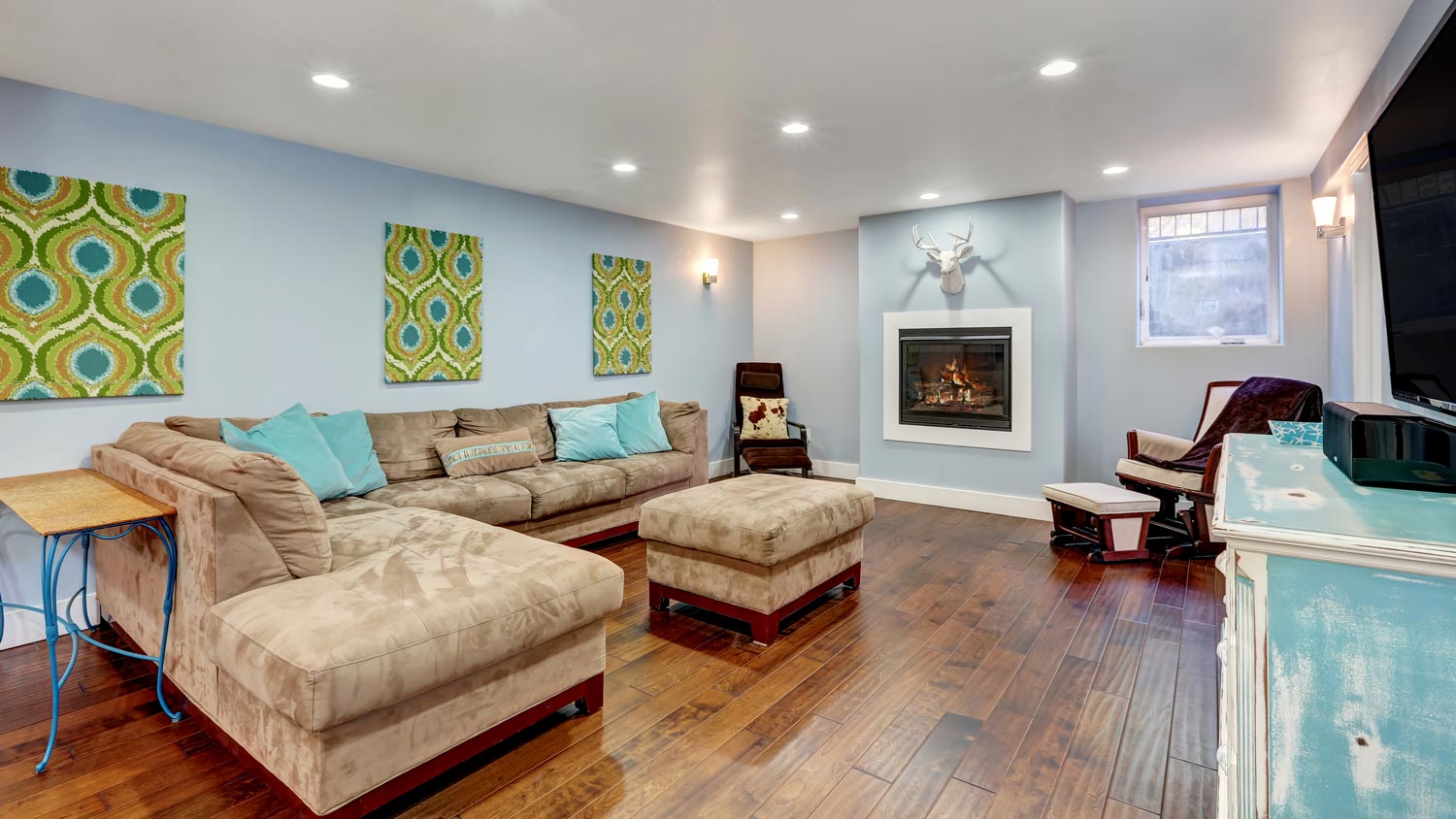Are Water-Powered Sump Pumps Right For Your Home?
Whether you use your basement for storage or as a household entertainment hub, a water-powered sump pump can help keep that vital area dry


Sump pumps are great, right? Until they fail to work, causing water damage in your basement that you didn't anticipate. So, when you're considering different backup sump pump options, seeing one that runs on water to remove water sounds pretty reliable. In this guide, we’ll cover some of the pros and cons of installing a water-powered sump pump, so you can decide if it’s perfect for your needs.
What Is a Water-Powered Sump Pump?
A water-powered sump pump is an emergency backup pump that helps keep your home dry if your primary sump pump fails to operate or there’s a power outage during heavy rainfall. When this happens, and water starts rising above the primary pump’s float, it automatically starts working.
After that, your home’s water supply will start going into the sump pump through the pump ejector, creating a strong suction that’ll remove and safely dispose of the water.
Water-Powered vs. Battery-Powered Sump Pumps
Both water-powered and battery-powered sump pumps help to reduce water damage and keep your basement dry, but how they do it is what sets them apart.
Water-powered pumps use—you guessed it—water pressure to power the pump that keeps water out of your home. As their name implies, battery-powered backups rely on batteries to remove water from your sump pump into a discharge pipe that flows outdoors.
Water-Powered Sump Pump Advantages
Many homeowners like water-powered sump pumps for a few reasons.
Low Maintenance
Water-powered sump pumps have a pretty simple design, which means there aren’t many moving parts to take care of and replace. But, you should test it every few months and perform annual sump pump maintenance so when you need it, you’ll know it’s working.
Doesn’t Require Batteries
One of the bonuses of having a water-powered pump is that it doesn’t require any batteries, so you never have to worry about replacing or purchasing new ones—or worse yet, wonder if the ones installed still work. With a battery-powered pump, you’ll need to replace the battery every few years if you didn’t use it, and even more frequently if you did or during lengthy power outages.
Long-Lasting
The average lifespan of a water-powered pump is 10 years. But here’s how you can prolong its lifespan for up to 20 years:
Testing it for an entire cycle by filling your sump pump with water until your float turns on and waiting until it’s successfully removed all the water from it
Checking for leaks, and strange sump pump noises
Testing the sump pump’s hardware for malfunctions
As a note, you’ll want to perform this maintenance routine at least twice a year for best results.
Reliable
If your primary pump stops working, these sump pumps use your home’s municipal water pressure to remove water from your basement. So, as long as you have water, they’ll continue pumping water out of your house.
Battery-powered pumps can only operate for a few hours before the battery needs to be changed. And some of them don’t run at the same frequency the entire time, which means they might pump out less water over time until you need to change them.
Water-Powered Sump Pump Disadvantages
Water-powered sump pumps also have downsides that you should consider before installing one.

Low Pumping Volume
Water-powered sump pumps have a lower pumping rate compared to their alternatives. They can remove, on average, 1,324 gallons of water per hour, while battery-powered backups remove up to 2,400 gallons of water per hour.
Needs Constant High Water Pressure
These sump pumps need consistent high water pressure to function correctly, which is 40 to 60 psi for most homes. So, if you have low water pressure, it might not remove all the water in your basement. Also, water-powered sump pumps can't operate if the homeowner has a well—it only runs on municipal water.
Can Raise Your Water Bill
Water-powered sump pumps can result in more expensive water bills. They use about two gallons of your home’s water supply to pump out one gallon of sump water. This can get pretty pricey if it needs to run for an extended period. Also, it can cost you more money if your water-powered pump runs continuously without you noticing.
Installation Cost
They must connect to your water supply. And while it’s possible to DIY, there’s little room for error, and it can affect your home’s entire water supply if installed incorrectly. Water-powered sump pumps cost $120 to $390 per unit. And the installation fee will cost $45 to $200 per hour. Installation can take two to four hours but can vary depending on the project complexity.
Uses Drinkable Water
With our environment constantly changing—and not in a good way—many homeowners are more conscious of their environmental impact. Many people opt for the battery-powered option because water-powered pumps rely on fresh, drinkable water to pump out unclean water.




















